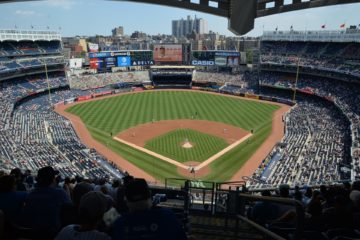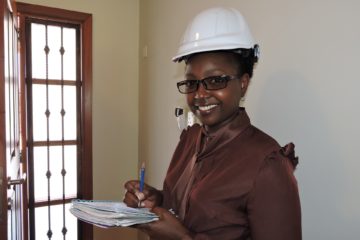In the US, all roofs must meet fire resistance requirements in order to comply with International Building Code. But do green roofs pose a greater fire threat than a traditional one? Historically, roof fires have primarily been a result of negligence of the end user. But in most cases, green roofs can actually be a great fire mitigation method. In fact, the first green roofs constructed in Germany were initially used as fire prevention systems! (1)
This of course is only true with proper design and maintenance. Green Roofs for Healthy Cities actually aided the development of the ANSI/SPRI VF-1 External Fire Design Standard for Vegetative Roofs to help designers and building owners ingrain the necessary fire protection into the green roof system.
Although the presence of vegetation can at times pose a fire hazard, fires can be mitigated with the right selection of plant life and proper design. Sedum and succulent species for example are drought resistant and hold onto water for a longer period of time than many other plants. This makes them less prone to ignite in the case of a spark or other fire hazard. Also, it is important to have vegetation free zones around the periphery, as well as around exhaust vents.
In addition to proper plant selection, maintaining the roof well is also essential. Weeding, removal of dead plants, litter prevention methods, prohibition of smoking, and testing the irrigation regularly are all great ways to ensure that you are reducing the risk of fire on the roof. It is also a great idea to communicate fire safety to occupants in regards to the use of cigarettes or barbecues.
Many green roofs require irrigation systems, which can not only mitigate fires on the roof but can aid in preventing the fire from spreading. But even if an irrigation system isn’t required, it might be a good idea to incorporate for fire safety. This is especially true if the roofs plant selection includes a lot of grass or trees.
Other considerations, such as the height of the building and strong winds can factor into fire safety methods. The ANSI/SPRI VF-1 standard references methods for testing these, but you may also consult with a wind design engineer if you feel your building requires it. It should also be noted that many of the waterproofing layers required for proper installation of green roofs have built in fire retardant materials. This can be especially helpful in protecting the building below.
Lastly, it is the responsibility of fire marshals to inspect the roof for any possible fire hazards (3). Being familiar with fire safety standards can help you prepare for the routine inspection visits. As with all safety regulations, it falls on the building owner to create a safe environment for occupants. But planning ahead and using these national standards as a guide can make your green roof not only fire safe, but fire resistant.
Sources:
- Green Roofs for Healthy Cities
- ANSI/SPRI VF-1 External Fire Design Standard for Vegetative Roof
- http://www.greenroofs.com/content/greenroofguy004.htm


